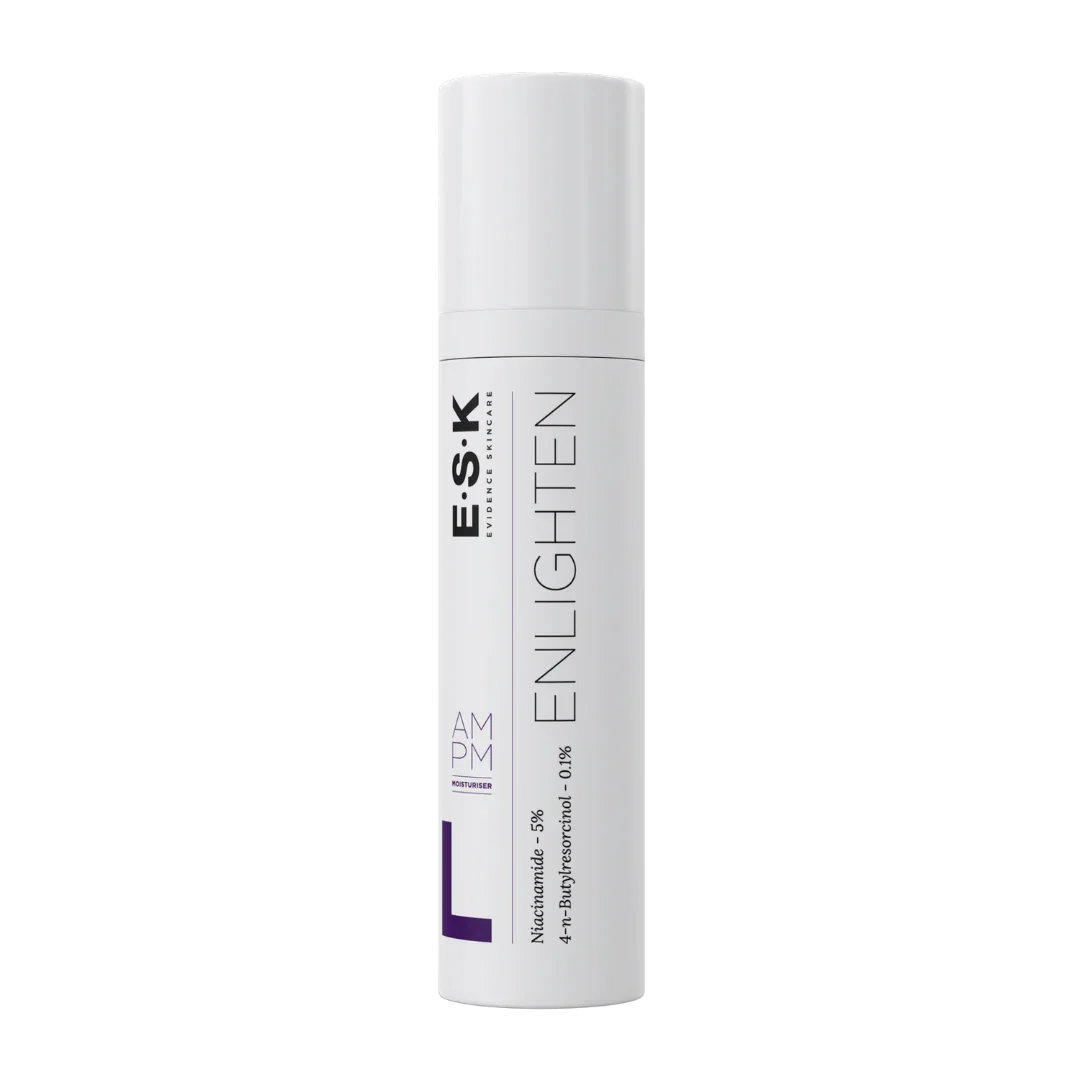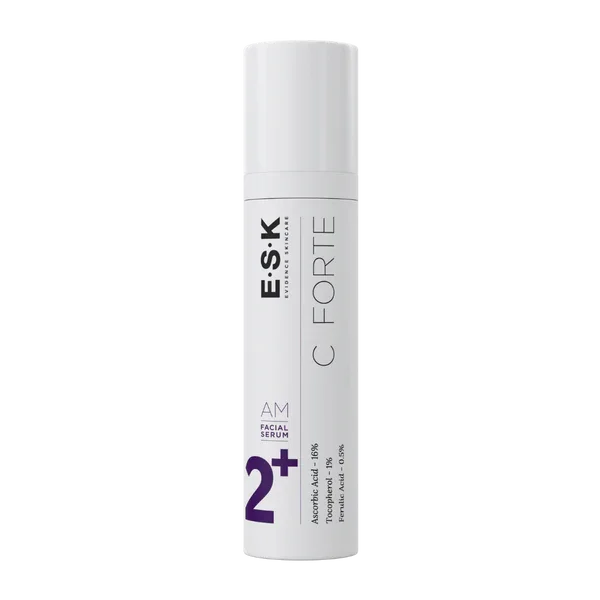
Pigmentation
Pigmentation is the discoloration or darkening of the skin caused by an overproduction of melanin, the natural pigment that gives our skin, hair, and eyes their color. This excess melanin can form concentrated deposits, leading to spots, patches, or an uneven skin tone.
Common types include:
Sun Spots: Sunspots, also known as solar lentigines, develop from prolonged sun exposure rather than genetics. They appear as flat, brown patches on areas frequently exposed to the sun, such as the face, hands, and shoulders. They tend to appear later in life, are usually larger, darker, and more defined, and don’t fade when sun exposure decreases.
Freckles (ephelides) are genetic and caused by an overproduction of melanin triggered by sun exposure. They’re usually small, light-to-medium brown. They often appear during childhood and become more visible with sun exposure. Unlike sunspots, freckles tend to fade during months with less sun exposure.
Melasma: is hormonal pigmentation that appears as larger, symmetrical brown or grey-brown patches, commonly on the cheeks, forehead, and upper lip. It’s influenced by hormones (e.g., pregnancy, contraceptives, menopause) and exacerbated by UV exposure. Unlike freckles and sunspots, melasma sits deeper in the skin, making it harder to treat and more prone to recurrence.
Post-Inflammatory Hyperpigmentation (PIH): Dark marks left after acne or an injury has healed.
Think of pigmentation as your skin's response to various triggers, with the primary ones being sun exposure, hormonal changes, inflammation, and heat.
How To Treat Pigmentation?
Effectively treating pigmentation requires a combined approach: in-clinic lasers like Pico or CO2 shatter and remove existing pigment, while microneedling rejuvenates skin and enhances product absorption. This is supported by a consistent medical-grade skincare regimen with ingredients like Vitamin C and retinoids to control melanin production at home. Critically, you must also protect your results by minimizing heat exposure—as heat can trigger pigment—and wearing daily sunscreen to prevent new spots from forming. Contact us to book a thorough consultation with our medical team will determine the best treatment plan for you.
Sunspots and freckles generally respond well to laser treatments like the Pico Laser (such as our PQX laser), which uses ultra-short energy pulses to break down excess pigment without damaging surrounding skin. This allows the body to naturally clear the pigment over time, leading to a more even skin tone. CO₂ laser can also help by resurfacing the top layers of the skin, promoting new collagen formation, and removing surface-level pigmentation, though it’s typically used for more stubborn or textural concerns.
Melasma, being deeper and hormonally driven, requires a gentler approach. Aggressive treatments can worsen it, so Pico Laser is often preferred over CO₂ for its precision and reduced heat energy. Meso-Microneedling is also beneficial—it delivers brightening serums and active ingredients directly into the skin to inhibit melanin production and improve skin texture without excessive irritation. A combination of laser treatments, micro-needling, and strict sun protection usually yields the best results while reducing the risk of recurrence.
Recommended Treatments
Pico Laser
CO2 Laser
Meso- Microneeding
Prescription Skincare
Recommended Products
Explore our product offering at Studio Aesthetica to treat pigmentation.
ESK Enlighten
ESK C Forte Serum
Airyday Tough Luxe SPF50 Dreamscreen

Book An Appointment
Email, call or use the button below to book an appointment.
We can’t wait to welcome you to our Studio.



